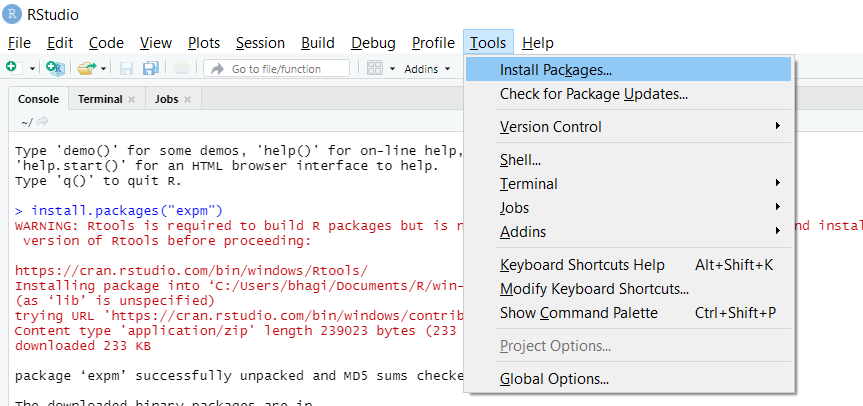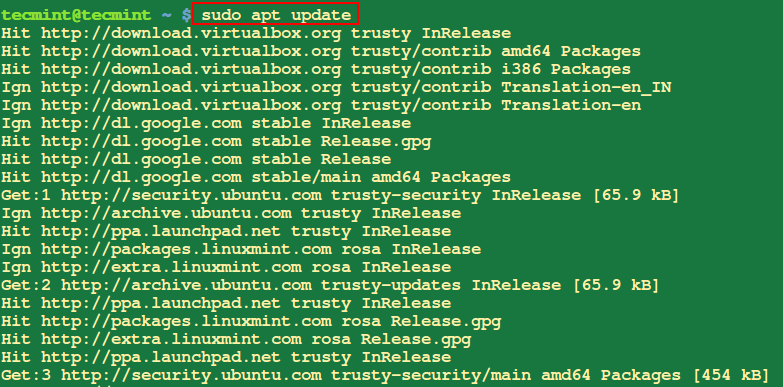

Note that you can also use the alternative stats link to see the DESCRIPTION file.īesides finding the DESCRIPTION files such as or, you can also access the description file inside R with the command packageDescription("package"), via the documentation of the package help(package = "package"), or online in the repository of the package.įor example, for the “stats” package, these ways will be: packageDescription("stats") The basic information about a package is provided in the DESCRIPTION file, where you can find out what the package does, who the author is, what version the documentation belongs to, the date, the type of license its use, and the package dependencies.

Typically, a package will include code (not only R code!), documentation for the package and the functions inside, some tests to check everything works as it should, and data sets. A package is a suitable way to organize your own work and, if you want to, share it with others. Choosing between R packages: how do you find the right package for your analysis?.The documentation: what are, besides the DESCRIPTION file, other sources of documentation and how can use them?.The installation and usage: how do you install R packages from CRAN, CRAN mirrors, Bioconductor, or Github? What are some functions that are related to install.packages() and that you can use to update, remove, … packages? How can you use the user interface to install packages? How do you load R packages? What is the difference between a package and a library in R? How do I load multiple packages at the same time? How do I unload an R package?.The basics of R packages: what are packages, and why should you incorporate their use into your R experience? Where can you find packages?.

You’ll cover the following topics and 11 frequently asked user questions: If you are starting with R, this post will cover the basics of R packages and how to use them. For example, if you are usually working with data frames, probably you will have heard about dplyr or data.table, two of the most popular R packages.īut imagine that you'd like to do some natural language processing of Korean texts, extract weather data from the web, or even estimate actual evapotranspiration using land surface energy balance models, R packages got you covered! Recently, the official repository ( CRAN) reached 10,000 packages published, and many more are publicly available through the internet. They increase the power of R by improving existing base R functionalities, or by adding new ones. R packages are collections of functions and data sets developed by the community.


 0 kommentar(er)
0 kommentar(er)
